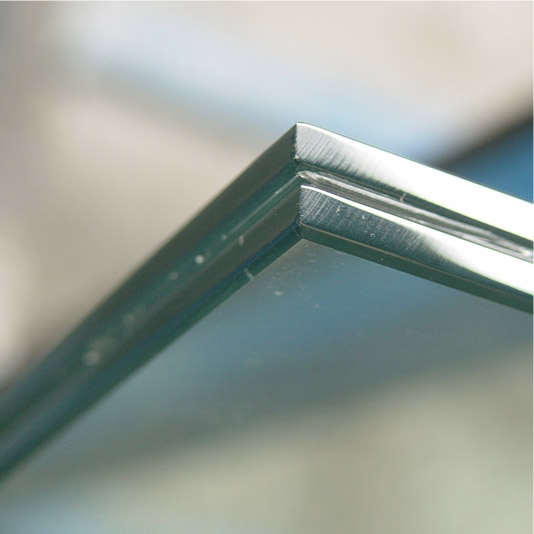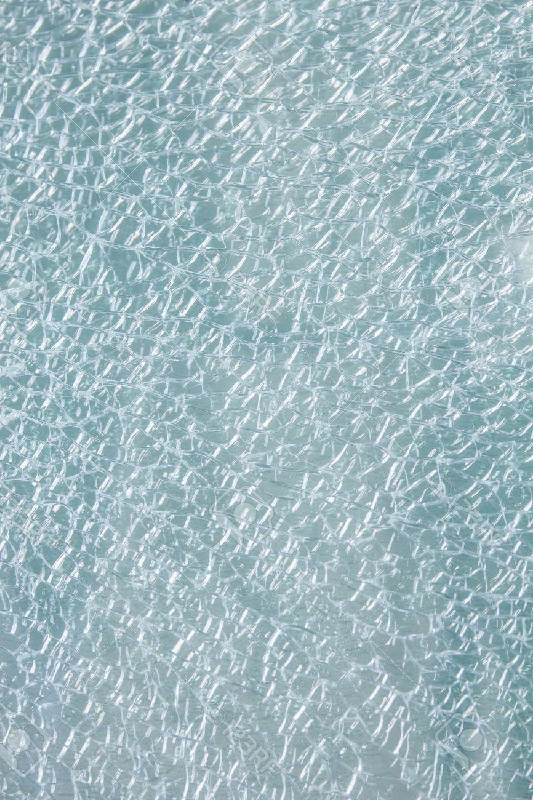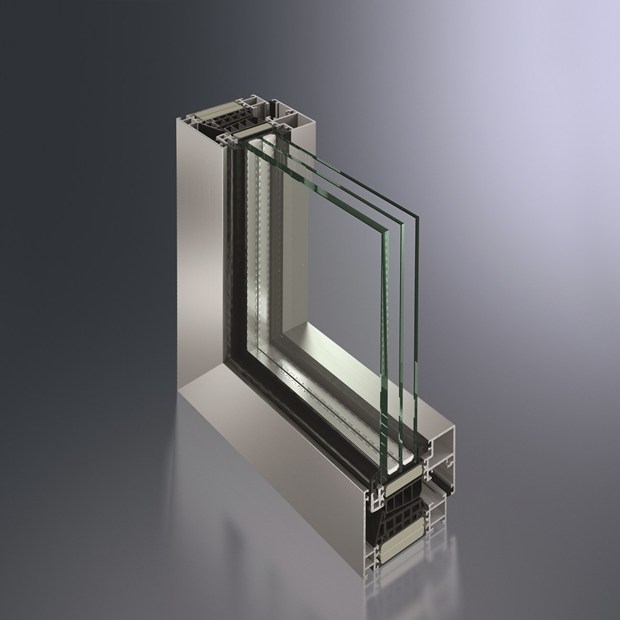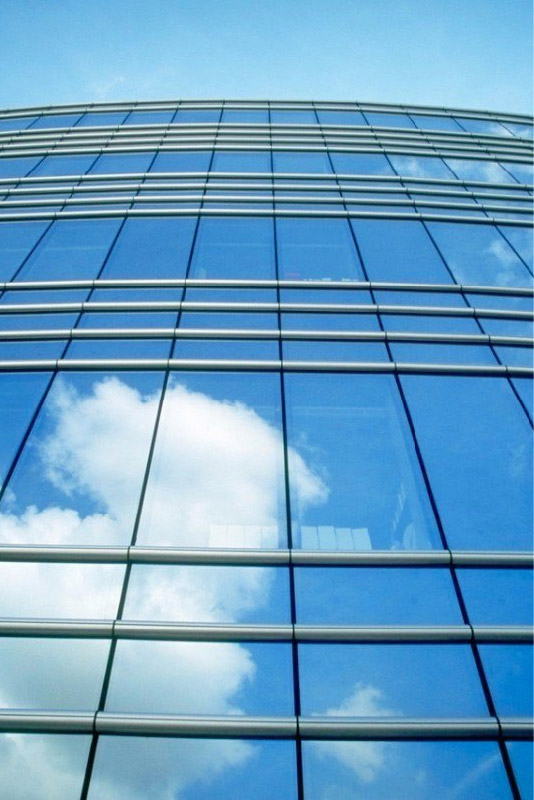
LAMINATED GLASS
Laminated glass is composed of two or more layers of glass held in place by an interlayer, typically of polyvinyl butyral (PVB) or Sentryglas. The interlayer keeps the layers of glass bonded even when broken, and its high strength prevents the glass from breaking up into large sharp pieces and holding in place until replaced. Laminated glass is normally used when there is a possibility of human impact or where the glass could fall if shattered and also for architectural applications. In geographical areas requiring hurricane-resistant construction, laminated glass is often used in exterior storefronts, curtain walls and windows.
BENEFITS
- Prevents injuries caused due to large glass fragments.
- Prevents the risk of falling when walking on/or through the glass.
- If it breaks, the glass remains on its frame until replaced.

TEMPERED GLASS
Tempered safety glass is manufactured through a thermal shock process, which increases its mechanical resistance up to six times in comparison to float glass. This resistance makes it a safety glass, and it is therefore recommended in areas vulnerable to human impact. The tempering process consists of gradually heating the float glass in special furnaces until reaching a transition temperature (1200º Fahrenheit) and then rapidly air-cooling it. This way the glass is exposed on its surface to compressivestresses and inside to tensile stresses, giving it greater structural strength. All adjustments, whether it’s cutting, edging or drilling, must be made before tempering. If done later, the glass would break.
BENEFITS
-
- Greater resistance to impact.Reduced risk of shattering caused by external agents or changes in temperature.
- Reduced risk of serious cuts caused by sharp edges in the fragments when the glass shatters.

INSULATED GLASS
The double hermetic glazing, also known as insulated glass is the assembly of two or more glass panels separated by a tubular element filled with a desiccant, sealing the dehydrated air chamber with butyl, as well as a second outer seal that structurally holds the set, increasing its consistency and firmness. Insulated glass is ideal for geographical areas requiring hurricane-resistant construction normally combined with laminated glass.
BENEFITS
- Reduce heat or cold transfer by decreasing the heat penetration during summer and the loss of internal heat in the winter.
- Reduced sound intensity (dB), which will depend on the sound frequency (Hz), the air space and the installation system in the structure.

LOW-E GLASS
Low-emissivity glass (or low-e glass as it is commonly referred to) is a type of energy-efficient glass designed to prevent heat escaping through your windows to the cold outdoors as well the outdoor heat entering an ac controlled building, therefore reducing significantly the heat/cooling costs.. Low-e glass has an visible or invisible coating (depending on customer preferences) which dramatically reduces heat transfer and reflects interior heat back into your room. This type of glass is perfect for geographical areas that experience extreme climate changes such as very cold winters and hot summers, or anyone trying to reduce their energy bills.
BENEFITS
- Reflects the sun’s heat or outdoor cold maintaining the room temperature.
- Reduces the need for expensive air conditioning and/or blinds, maximizing the spaciousness inside.
- Filters the uncomfortable glare of the sun, while letting in natural light.
- Low-E can be combined with other glass treatments such as laminated glass, tempered glass and insulated glass in order to achieve the desired benefit: save energy, noise reduction, low-maintenance, decorative glass, and increased safety.

